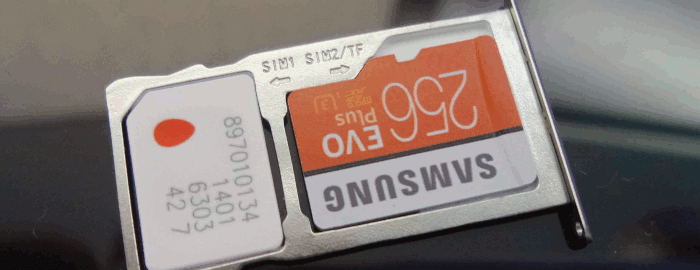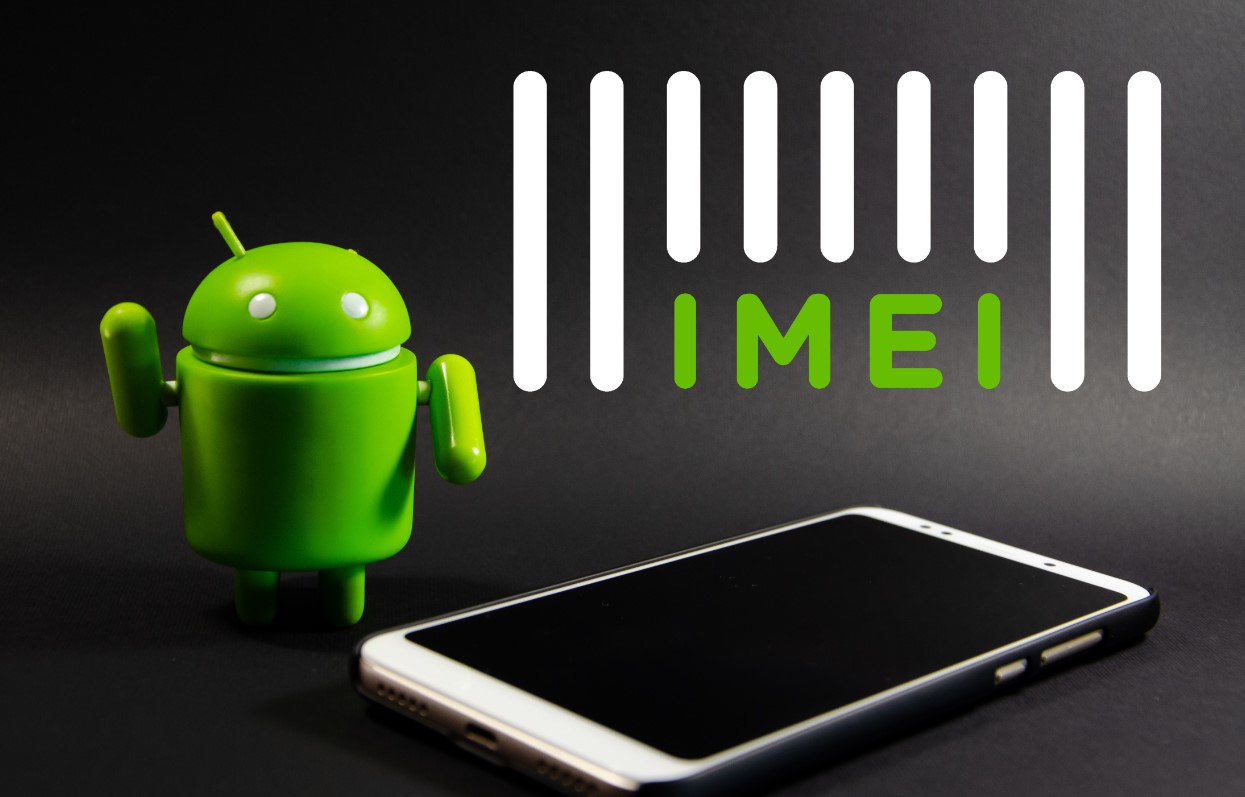No, the IMEI (International Mobile Equipment Identity) does not change with the SIM card. The IMEI is a unique identifier assigned to a mobile device such as a phone or tablet. It is a permanent identifier that remains the same throughout the lifetime of the device, regardless of the SIM card being used.
What is IMEI?
IMEI, or International Mobile Equipment Identity, is a unique 15-digit number assigned to every mobile device. It serves as a tracking tool for lost or stolen mobile phones. However, can you change the IMEI number of your phone? It is important to note that an IMEI number cannot be changed or replaced, unlike a SIM card. While it is possible to modify an IMEI number in certain circumstances, this practice is often illegal in many countries, including the US, the UK, and the EU.
Changing an IMEI number can lead to legal implications. Users should check their respective countries’ changing process policies before proceeding. Accessing the IMEI number is relatively easy, either by unveiling the battery of the device or dialing *#06# on the dial pad.
What is a SIM card?
A SIM card stands for Subscriber Identity Module. It is a small, removable card that holds an authentication key that identifies a subscriber on a mobile network. On the other hand, IMEI stands for International Mobile Equipment Identity which is a unique identification number assigned to each mobile device. The IMEI structure consists of a 15-digit unique number used to identify each device on a wireless network.
The IMEI is flashed to the chipsets on the device when it is manufactured and is usually found inside the phone’s internal read-only memory. Changing a device’s IMEI is illegal in many countries, including the US, and can result in severe legal consequences. Despite this, some circumstances may allow for the change of an IMEI number, but it is important to check if the process is allowed in your country before proceeding.
Can Changing SIM Cards Alter the IMEI?

No, changing SIM cards does not alter the IMEI number. The IMEI code is manufactured and flashed onto the device’s chipsets, which remain the same regardless of the SIM card used. However, it is essential to note that the SIM card plays a crucial role in connecting to the network and making calls.
Therefore, it is important to use a compatible SIM card with the device to ensure proper functioning. Moreover, replacing a damaged SIM slot does not change the IMEI number. The slot is independent of the antenna/radio and does not affect the code. However, it is illegal to change the IMEI number of a device in many countries.
IMEI structure and format
The International Mobile Equipment Identity (IMEI) is a unique numerical identifier for every mobile device. A standard IMEI number is a 14-digit string with an additional 15th check digit for verifying the entire string. There is also a 16-digit variation that includes information on the device’s software version known as the IMEISV.
The IMEI appears in the format AA-BBBBBB-CCCCCC-D. The sections labeled A and B are known as the Type Allocation Code (TAC). The TAC portion of the IMEI identifies the manufacturer and model of the device. The six C digits represent your device’s unique serial number, and the D portion of the IMEI is a check digit that ensures the IMEI meets the Allocation and Approval Guidelines.
How IMEI is assigned to mobile devices
IMEI is assigned to mobile devices during manufacturing and consists of 15 digits. The assignment process involves the following steps:
- Type Allocation Code (TAC): The first 8 digits of the IMEI represent the Type Allocation Code, assigned by the GSMA (GSM Association) to device manufacturers. This code identifies the manufacturer and device model.
- Serial Number (SN): The next 6 digits, following the TAC, are the serial numbers, unique to each device manufactured by the company. It differentiates individual devices of the same model.
- Check Digit (CD): The final digit is a check digit calculated based on the preceding digits, used to verify the IMEI’s accuracy.
- GSMA Database: Device manufacturers submit TACs to the GSMA, which maintains a global database of IMEIs. This database helps track stolen or lost devices.
- Embedded in Hardware: The IMEI is typically hard-coded into a device’s hardware and can be accessed by dialing *#06# on most mobile phones. It is also printed on the device’s packaging.
Legal considerations and IMEI/SIM card changes
Legal considerations regarding changing or tampering with IMEI or SIM card information are important to understand:
IMEI Changes:
- Illegal Activities: Altering or changing the IMEI of a mobile device is illegal in many countries. It is associated with fraudulent activities like phone theft, identity fraud, and illegal use of mobile services.
- Regulatory Compliance: Compliance with laws and regulations is crucial. Manufacturers are required to adhere to specific guidelines and standards when assigning IMEIs to devices.
- Security and Tracking: IMEI is a critical identifier for tracking lost or stolen devices. Changing it can hinder recovery efforts and may be considered a criminal act.
- Law Enforcement: Law enforcement agencies use IMEI to track and investigate mobile device-related crimes. Changing the IMEI can obstruct investigations and lead to legal consequences.
SIM Card Changes:
- Subscriber Agreement: SIM cards are associated with subscriber accounts, and changing a SIM card without proper authorization may violate the terms of service of the mobile carrier.
- Identity Verification: SIM cards are used to verify the identity of the user on the network. Unauthorized SIM card changes can pose security risks and may be subject to legal scrutiny.
- Fraud Prevention: Mobile carriers often have policies and mechanisms in place to detect and prevent SIM card fraud, which can result in service disruption or legal action against the offender.
- Reporting Lost or Stolen SIM Cards: It’s crucial to promptly report lost or stolen SIM cards to the carrier to prevent unauthorized usage and potential legal liabilities.
Conclusion
IMEI and SIM cards play different roles in mobile devices. The IMEI is a unique identifier that distinguishes each mobile device, while SIM cards store network-specific and personal information that enables users to access a network. Changing SIM cards does not affect an IMEI, and changing an IMEI is illegal in many countries. Users need to understand the roles of the IMEI and SIM cards to avoid legal issues and ensure a smooth mobile experience.
References:
https://www.simoniot.com/what-is-imei/
Hello, I’m Herman C. Miller, the founder of InternetPKG.com, your ultimate destination for all things Mobile Internet and Telecommunication Services. With a BSc in Telecommunication Services and over 6 years at AT&T, my passion for the industry led to this platform. At InternetPKG.com, we prioritize keeping you informed with the latest package offers, ensuring our content stays current. Our team, including a dedicated Internet Package and Mobile Data Plans Researcher, tirelessly researches emerging trends, identifies market opportunities, and provides expert product recommendations.
